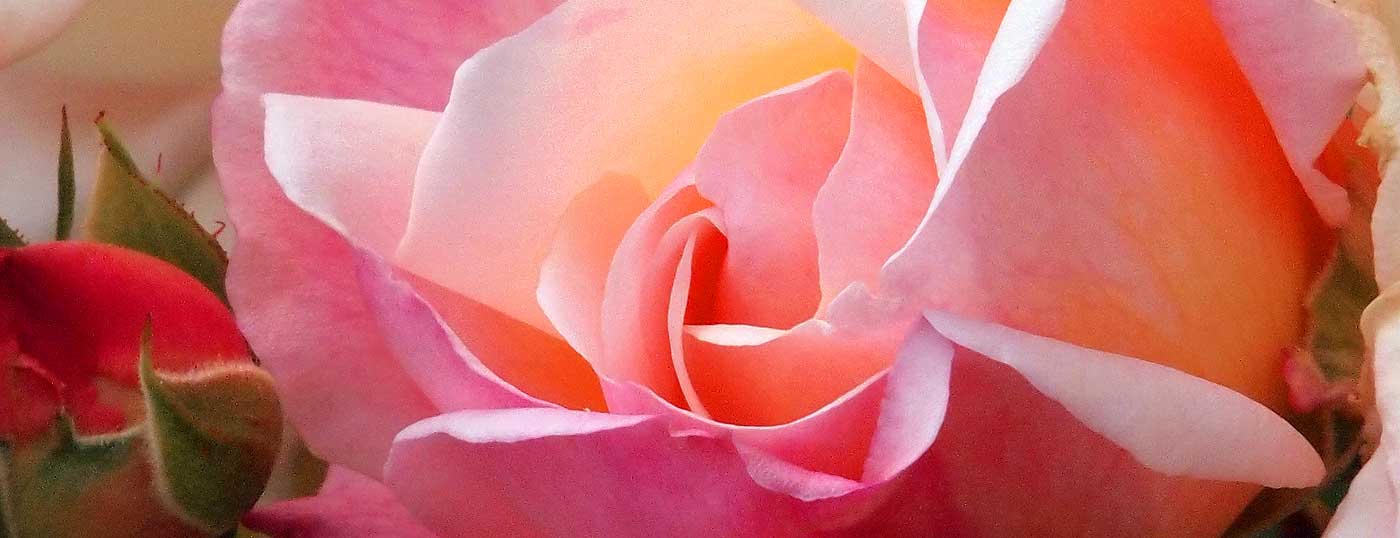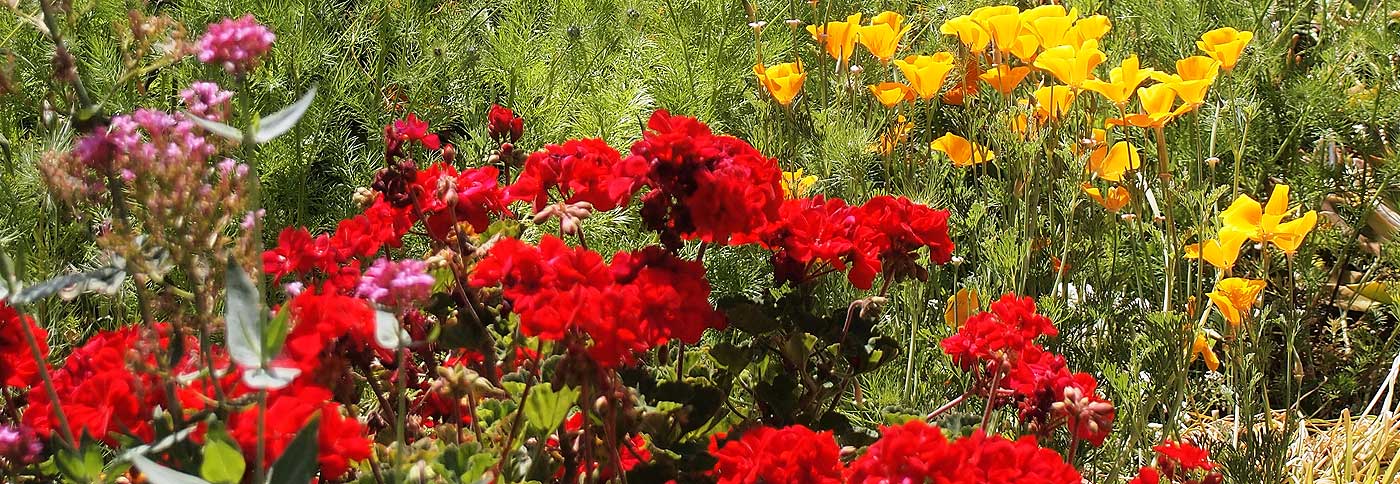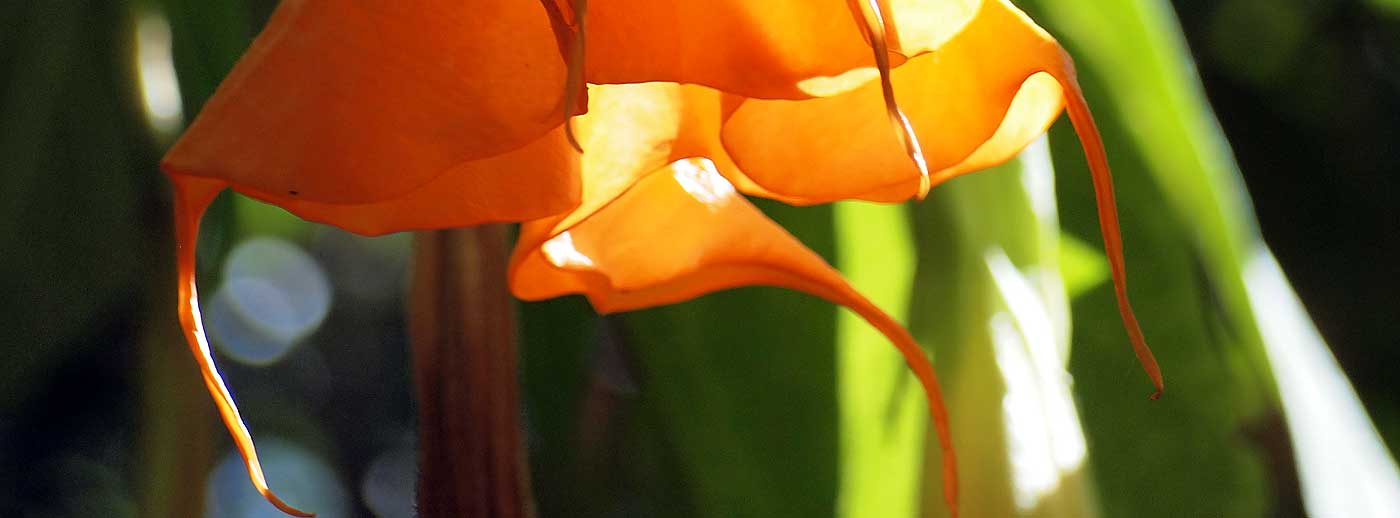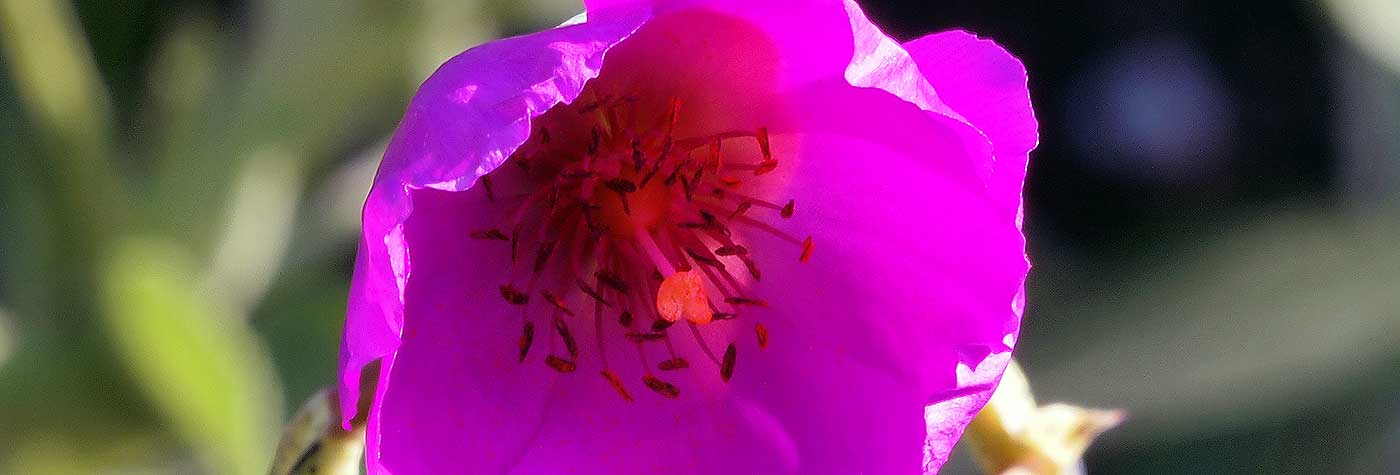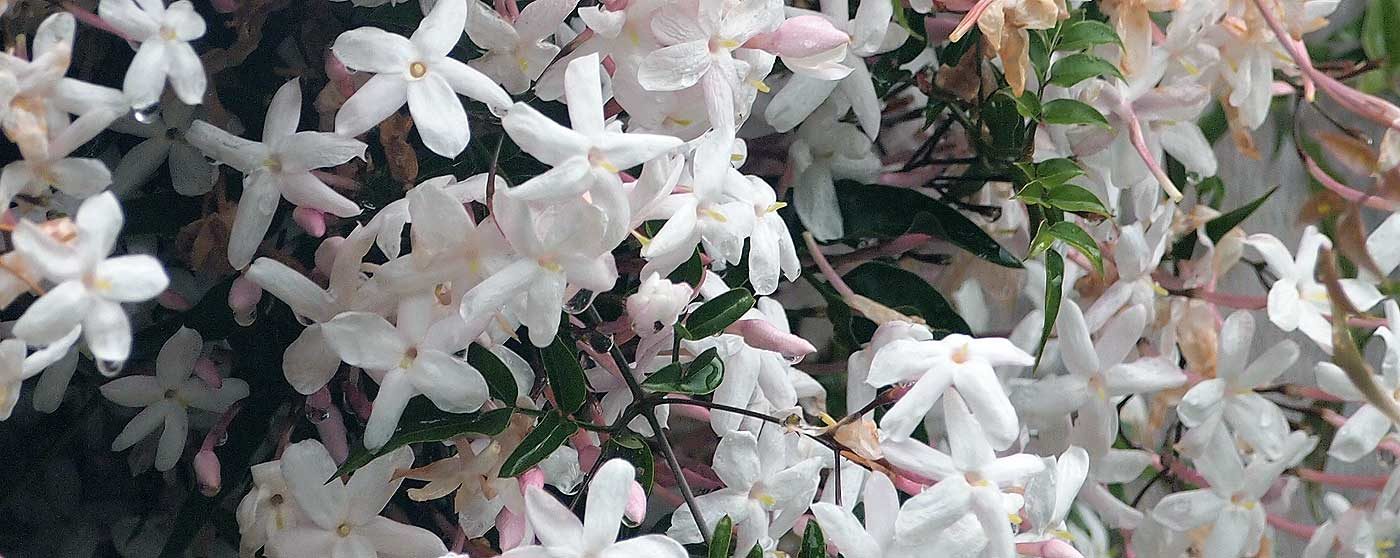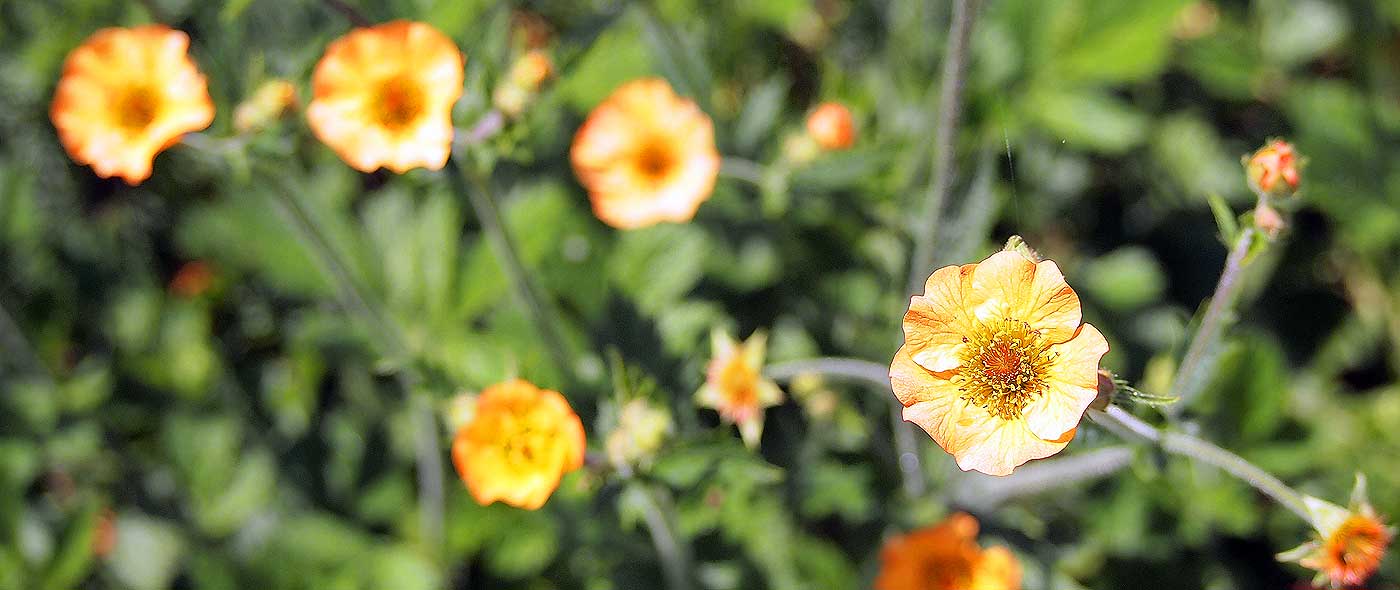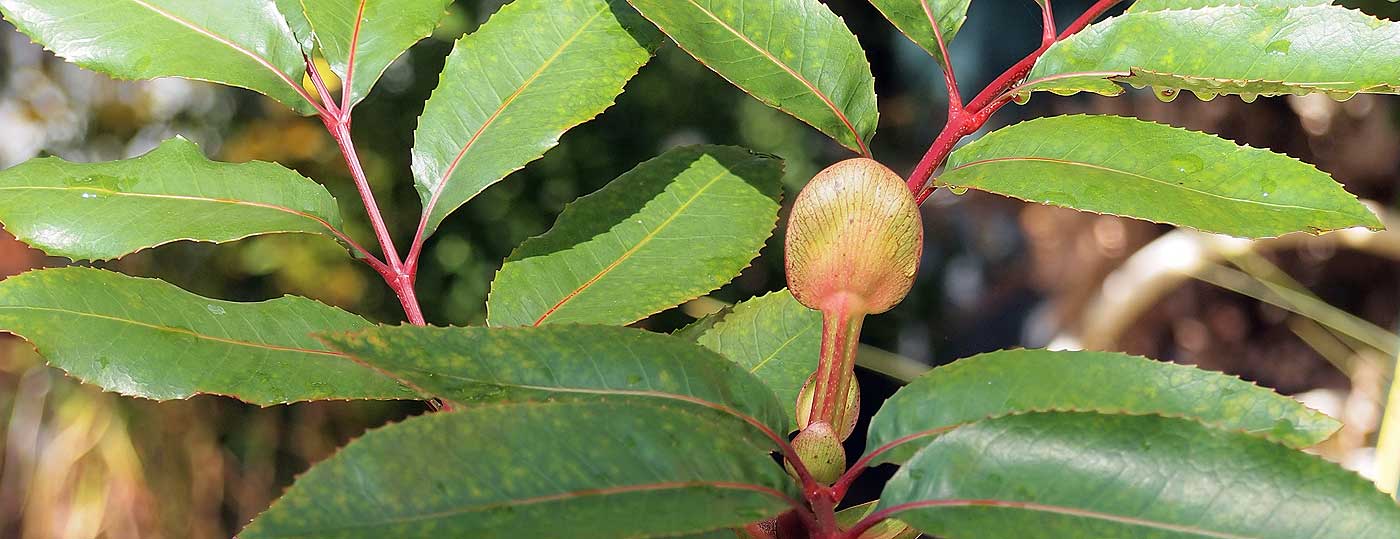Page 4 of 21
This Nasa “video” is really a slideshow. You might want to turn the music down or off. Cool photos from space though.
Lemon water for a hot day.
Lost two fairly big lemon tree branches to excessive fruit weight. Should have thinned them out, but this has never happened before, so I wasn’t concerned. What should…





